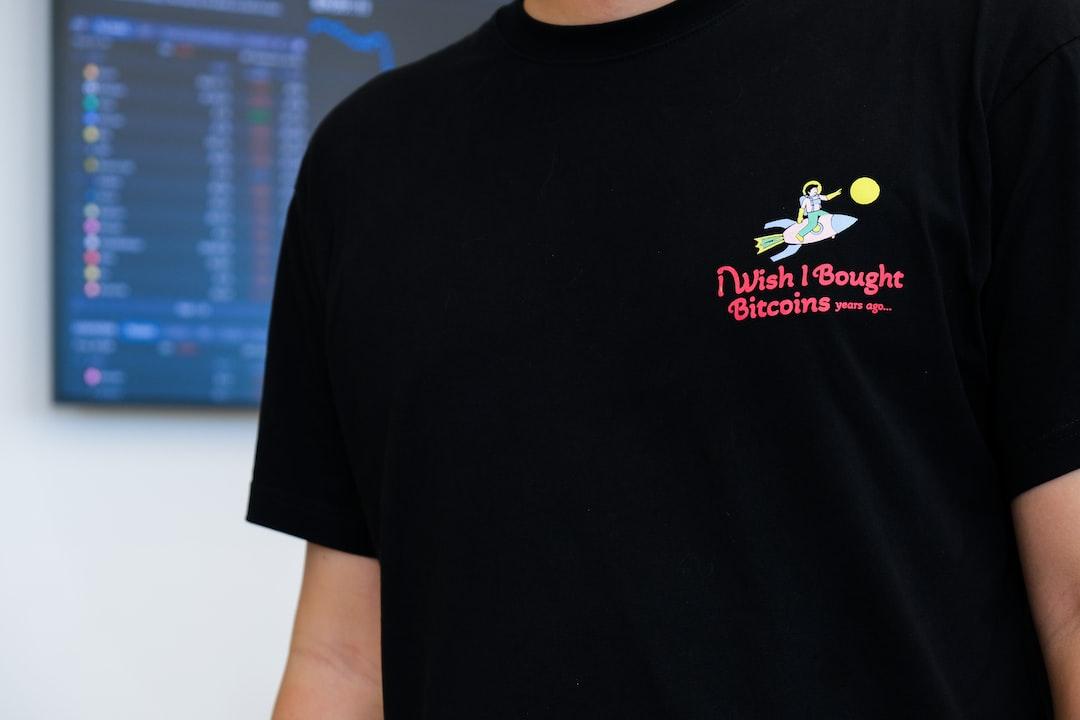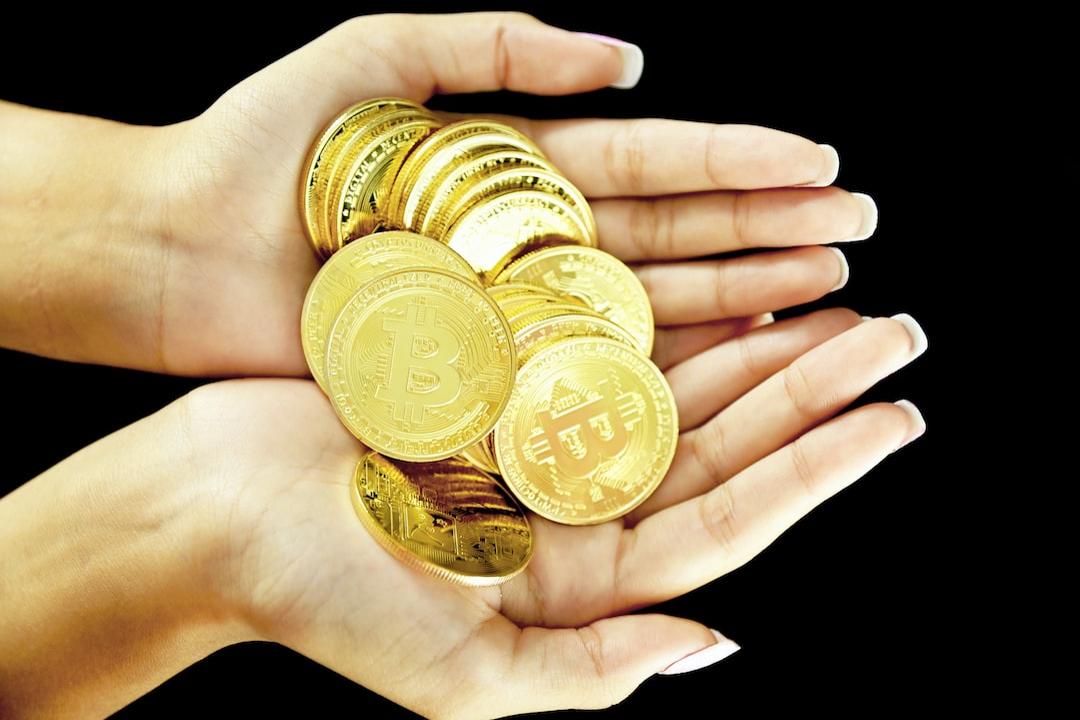Beijing News reports:
Currently, there are two main concerns on everyone’s mind:
Has it hit the bottom yet?
What to buy if bottom-fishing?
The current market is plagued by pessimism due to fundamental factors (expectations of interest rate cuts decreasing + increasing recession expectations). Both major and retail investors are trampling, causing most altcoins to plummet sharply.
Determining market tops and bottoms is essentially predicting market trends. No one can foresee the future; judgments are made based on individual market analyses. Whether the analysis is right or wrong is less important than the courage to act on those judgments, and the willingness to admit defeat if wrong. What use is it to guess right if one doesn’t dare to act?
1. Bitcoin dropped to around 58,500 this week and then rebounded, but according to conventional wisdom, after a prolonged downtrend, it typically requires one or even two more valid support formations before confirming a bottom. The current rebound is weak; whether it’s a left-side bottom needs observation, but chances are slim.
2. Governments and institutions continue to sell. Recently, the German government transferred approximately 5,000 BTC, and the US government about 4,000 BTC, likely for sale. Mt.Gox has initiated compensation, with approximately 140,000 BTC to be sold. These entities may not flood the market directly with all their holdings but rather sell in batches over-the-counter (OTC), still exerting considerable selling pressure on the market. In a bullish market, such actions would trigger declines; in the current depressed market sentiment, it hangs over the market like a sword.
3. Political and monetary policies play a crucial role. With the US election approaching, the market wagers on it, with different campaign pledges favoring or harming various sectors, even the entire market (Republicans being more crypto-friendly). The SEC has targeted multiple projects and crypto companies, while the Federal Reserve continues to hold off on interest rate cuts, with some members even suggesting no cuts this year, all of which restrain the market.
Macroscopically, interest rate cuts remain the primary thread, with other factors playing supporting roles. The spring is nearly fully compressed, either cautiously cutting rates step by step or swiftly doing so after an economic downturn.

4. Market stagnation prevails. Despite various concepts emerging in the crypto sphere, they’re mostly hype from interested groups, yielding no profitable effects. Both institutions and retail investors are frustrated; institutions show paper profits but lock them, while retail investors who buy in are immediately trapped. New projects like BN and OK have mostly trended downward, and Ethereum GAS has hit new lows, all indicating a bleak market.
Currently, there are hardly any positive news items, and sentiment is near freezing point. Subjectively, I believe the market hasn’t bottomed out yet and is in a period of stagnation.
However, with corrections already substantial (BTC 15%+, mainstream 20-30%, altcoins 30-60%), when the spring is fully compressed and sentiment and market liquidity hit rock bottom, any positive news or panic selling could lead to a significant reversal. The focus now should be on how to buy rationally, not on selling or shorting.

The current market’s complexity and prolonged volatility may exceed the expectations of many. For those without trading capabilities, it’s best to rest and refrain from frequent capital erosion.
What to buy then?
1. Bitcoin remains the top choice, with continued institutional faith and ETF inflows. Despite limited price increases, BTC remains the preferred asset.
2. MEME coins. MEME has performed well in this bull market cycle; retail investors prefer MEME over VC coins, and institutional barriers to MEME are diminishing, boosting its popularity with each rebound, leading the broader market.
3. Projects with clear narratives. Investing in projects and sectors with clear narratives, despite previous significant gains, provides relatively stable prospects. Examples include AI, RWA, ETH, SOL, and BNB.
Avoid overvalued and low-liquidity projects; their high valuations limit secondary market potential, and unlocking from institutions and project teams often triggers significant selling pressure. Although such projects can surge, short-term speculative trading might be safer, unless one has profound faith in the project.
Avoid locking positions for staking. Unlike the previous DeFi boom, current staking projects may delay or restrict withdrawals for days, amid uncertain market trends. Keeping positions flexible is prudent, avoiding emotional attachment to projects.
Diversifying investments for bottom-fishing is advisable, while avoiding leveraged contracts.

